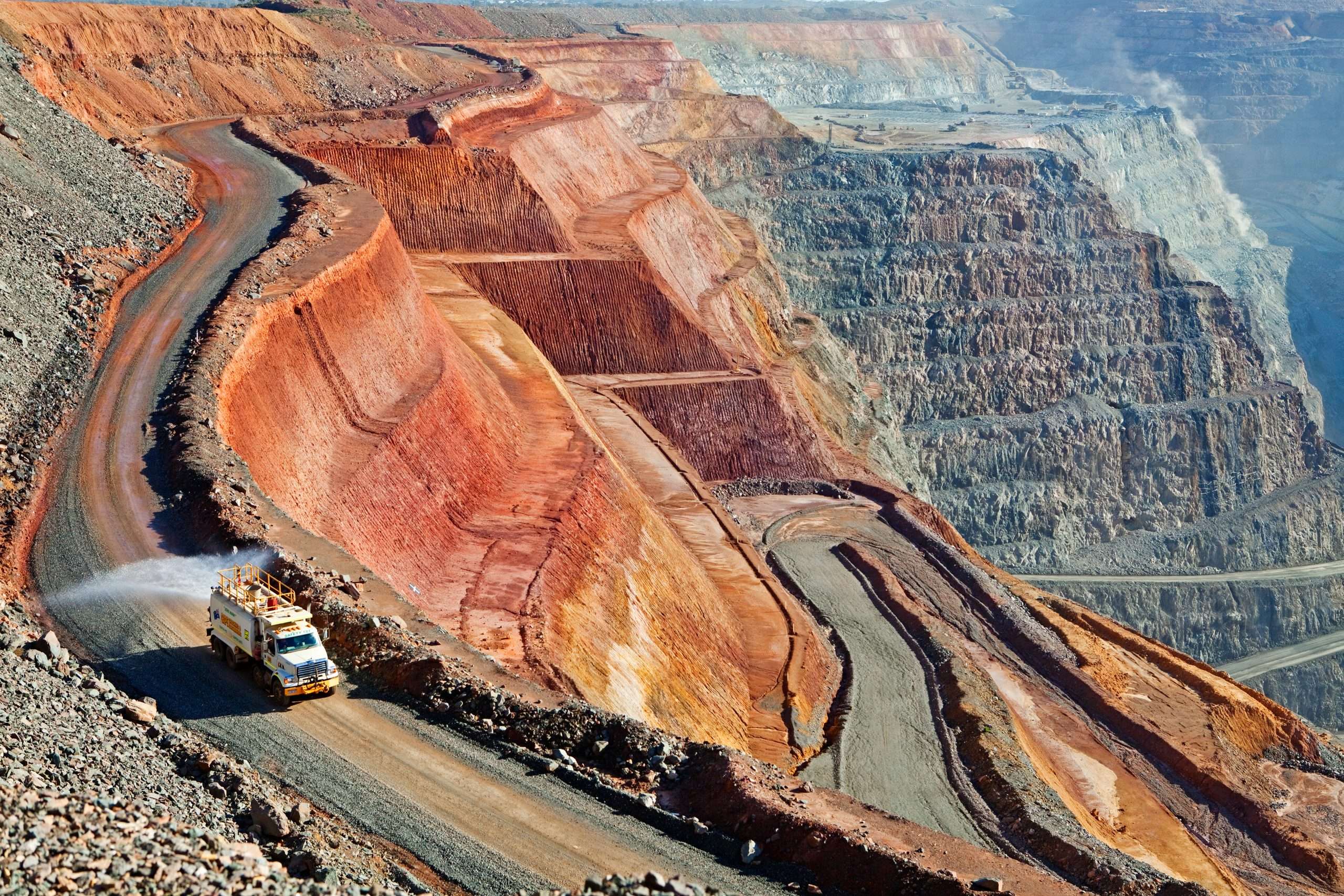Canada is a mining country per excellence. This vast North American country abounds in enormous mineral resources. From zinc to gold, diamonds and copper, Canada's subsoil is among the richest on the planet, with over 60 types of minerals and metals. The country ranks among the world's top 5 producers of minerals and metals essential to technology and clean energy, including copper, cobalt, nickel, uranium, lithium and magnesium.
Mining plays an important role in the Canadian economy, generating 5% of gross domestic product and accounting for 19% of the total value of the country's exports. According to a study by the Mining Industry Human Resources Council (MiHR), the Canadian mining industry will need to hire nearly 80,000 workers by 2030. These figures are explained by labor shortages, the country's economic growth and its business prospects. To fill this gap, the mining industry will need to call on men and women from diverse countries and cultures.
Towns created as a result of mining activities
Since the discovery of coal some 350 years ago on Cape Breton Island in the province of Nova Scotia, the Canadian mining industry has made great progress. This industry is linked to the history and evolution of towns such as Glace Bay, Rouyn-Noranda, Val-d'Or, Sept-Îles, Labrador City, Timmins, Sudbury and Fort McMurray. Mining exploration and development played a crucial role in the creation of these towns.
Val-d'Or, Canada's mining hub
Located in the province of Quebec, Val-d'Or is recognized as one of Canada's mining hubs, and is often referred to as "The Gold Capital of the World". Val-d'Or's mining activities are diverse. In addition to mining itself, Val-d'Or is also home to companies that provide services and support to the mining industry, such as drilling companies, geological consultants and so on. However, the mining industry is not without controversy in Canada. Environmental concerns associated with mining, such as waste management, chemical use and pollution risks, are the subject of much public debate.

